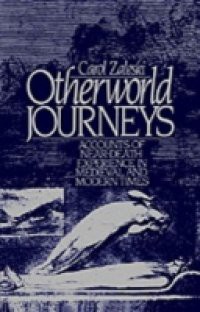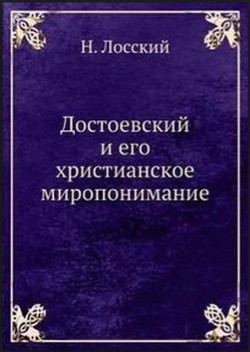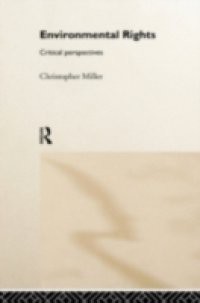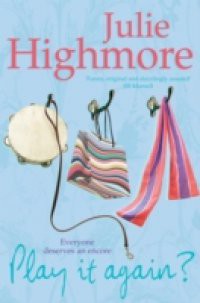Dozens of books, articles, television shows, and films relating near-death experiences have appeared in the past decade. People who have survived a close brush with death reveal their extraordinary visions and ecstatic feelings at the moment they died, describing journeys through a tunnel to a realm of light, visual reviews of their past deeds, encounters with a benevolent spirit, and permanent transformation after returning to life. Carol Zaleskis Otherworld Journeys offers the most comprehensive treatment to date of the evidence surrounding near-death experiences. The first to place researchers findings, first-person accounts, and possible medical or psychological explanations in historical perspective, she discusses how these materials reflect the influence of contemporary culture. She demonstrates that modern near-death reports belong to a vast family of otherworld journey tales, with examples in nearly every religious heritage. She identifies universal as well as culturally specific features by comparing near-death narratives in two distinct periods of Western society: medieval Christendom and twentieth-century secular America. This comparison reveals profound similarities, such as the life-review and the transforming after-effects of the vision, as well as striking contrasts, such as the absence of hell or punishment scenes from modern accounts. Mediating between the debunkers and the near-death researchers, Zaleski considers current efforts to explain near-death experience scientifically. She concludes by emphasizing the importance of the otherworld vision for understanding imaginative and religious experience in general.




 1 (1)
1 (1) 












